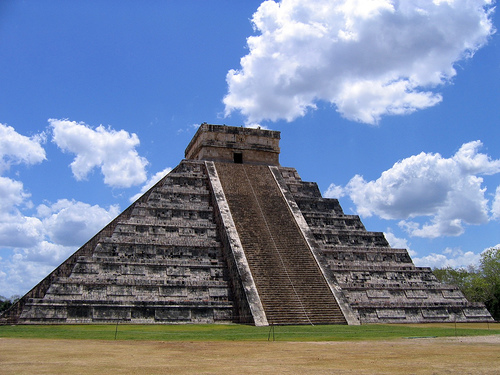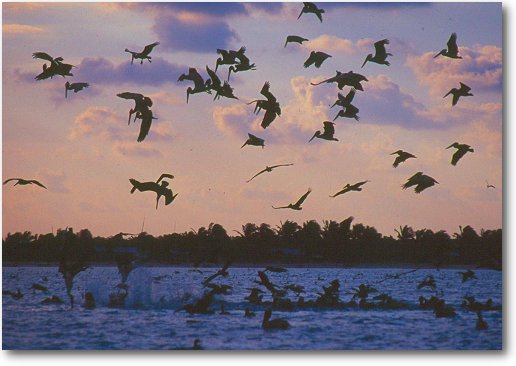As I was surfing the Internet, looking for information about diving in Playa del Carmen, I found new centers where to enjoy this beautiful water activity. Here are the new diving centers.
Go Cenotes (Español, English, Français and Deutsch) is a new PADI certified center that operates from Playa del Carmen. They offer diving and snorkeling in the reefs of Playa del Carmen, Cozumel and Tulum, as well as night immersions. The diving and snorkeling routes can be guided or not, and, the truth is that the prices seem quite affordable. They also offer good programs for certified and experienced divers. Moreover, they can record your immersions so that you take with us a beautiful memory of our stay in Playa del Carmen.
Phantom Divers offers almost the whole range of PADI courses, from beginners to advanced divers. From this center in Playa del Carmen we can dive in the pristine waters of its coasts and the reefs of Cozumel Island. Their routes to the cenotes, with all the necessary equipment and guides have quite affordable prices and also a wide range of schedules. They also offer long visits and diving of seven to ten days.
On their part, Sealife Divers, which Website the photo of the head of this post is taken from, offer several water activities in Playa del Carmen, such as: cheap diving programs if contracted for days with the possibility of choosing which days to enjoy them. The diving spots are the usual ones and they are also officially certified.
Scuba Caribe has branches in several places in the Caribbean, among which Playa del Carmen, where they offer certified courses and an interesting family program. The picture of the fish is taken from their Website. Diversity Diving, offers a wide range of prices as well as specialized and certified courses together with excursions to the most popular reefs and cenotes. All these websites we have talked about include photographs and videos, which undoubtedly, are an invitation to immerse in the reefs and cenotes of the Riviera Maya.
To close this series of articles, here are links to companies that do the same activity, but in other places. As you can see, Cozumel Island, the diving paradise in the Riviera Maya, is just opposite the coast of Playa del Carmen.
Cozumel Island: Aqua Safari, Blue Angel, Deep Exposure Dive Center, Del Mar Aquatics, Blue Bubble Divers, Sand Dollar Sports, Studio Blue Cozumel, Dive College, Deep Blue, Dive Palancar, Dive Paradise, Dive With Martin, Dressel Divers, Scuba Clun Cozumel, Scuba Du.
Puerto Aventuras: Aquanauts, Pro Dive México, Scuba Caribe.
Akumal: Akumal Dive Shop, Bahia Dive Center.
Puerto Morelos: Wet Set.
Tulum: Maya Diving.
Cancun: AquaWorld, Manta Divers, Scuba Cancun, Scuba Caribe.
Isla Mujeres: Aqua Adventures, Coral Scuba Dive Center.
—
Francisco Cenamor
Filed under: Azul Fives Hotel, Beaches, Blog Playa del Carmen, Blog Riviera Maya, Canada to Mexico, Cancun, Caribbean, Caribbean sea, Cenotes, Dive in Playa del Carmen, Diving, Diving Mexico, Diving Riviera Maya, Hotels Cancun, Hotels Playa del Carmen, Hotels Riviera Maya, Luxury hotels, Maya, Mexican Caribbean, Mexican flora and fauna, Mexican Riviera, Mexico, Mexico beaches, Peninsula of Yucatan, Playa del Carmen, Playa del Carmen Beaches, Playa del Carmen blogs, Private Villas in Playa del Carmen, Resorts Mexico, Resorts Playa del Carmen, Riviera Maya, Riviera Maya beaches, Scuba, Snorkel, Snorkel Playa del Carmen, Snorkeling in Mexico, sport fishing Riviera Maya, The Fives Blog, The Fives Resort, USA to Mexico, whale sharks | Tagged: Azul Fives Hotel, Caribbean, Mexico, Playa del Carmen blogs, Playa del Carmen info, Visiting Playa del Carmen | Leave a comment »




